Best Ideas On How To Design a Bedroom For 2 Sisters
Designing a bedroom for two sisters can be quite a challenge.
It requires a thoughtful balance between creating a cohesive shared space and allowing each sister to express her individuality simultaneously.
Whether the sisters are toddlers, teenagers, or somewhere in between, the principles of design can be adapted to suit their ages, personalities, and needs.
This blog post will guide you through the process of designing a bedroom that is functional, stylish, and harmonious for two sisters.
Understanding Their Needs and Preferences
Before diving into the design process, it’s crucial to understand the sisters’ individual needs and preferences. Here are some key considerations:
- Age and Interests: Younger children might prioritize play space and vibrant colors, while teenagers may need a study area and a more sophisticated color palette.
- Shared vs. Individual Spaces: Determine what aspects of the room should be shared (e.g., play areas, bookshelves) and which should be individual (e.g., beds, study desks).
- Storage Needs: Assess the amount of storage required for clothes, toys, books, and personal items.
- Style Preferences: Discuss color schemes, themes, and decor styles with the sisters to ensure the room reflects their personalities.
Designing the Layout
A well-thought-out layout is essential for maximizing space and ensuring functionality. Here are some layout ideas for a shared bedroom:
- Parallel Layout: Place the beds parallel to each other on opposite walls, allowing for a shared central area. This layout works well in rectangular rooms and provides each sister with her own side of the room.
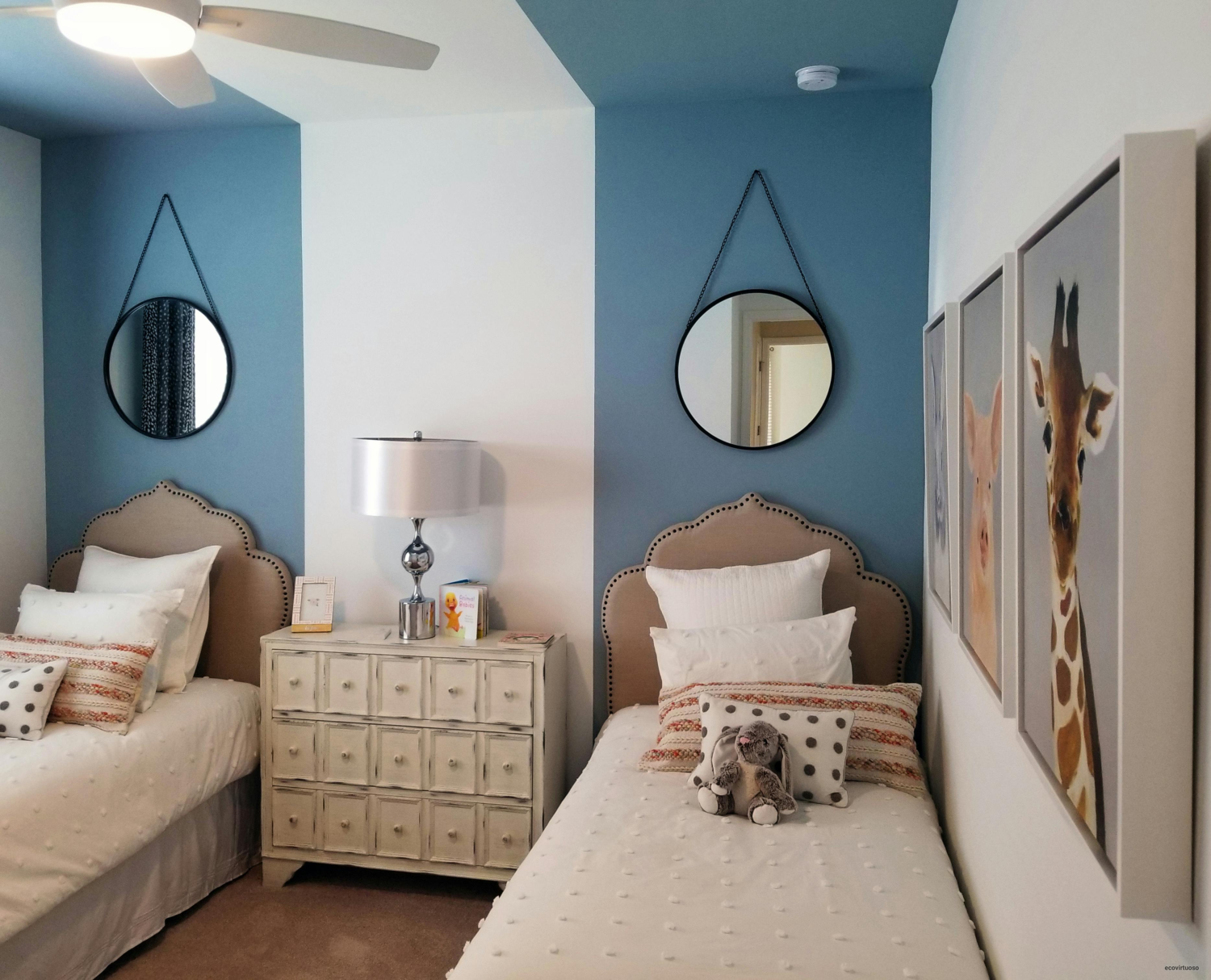
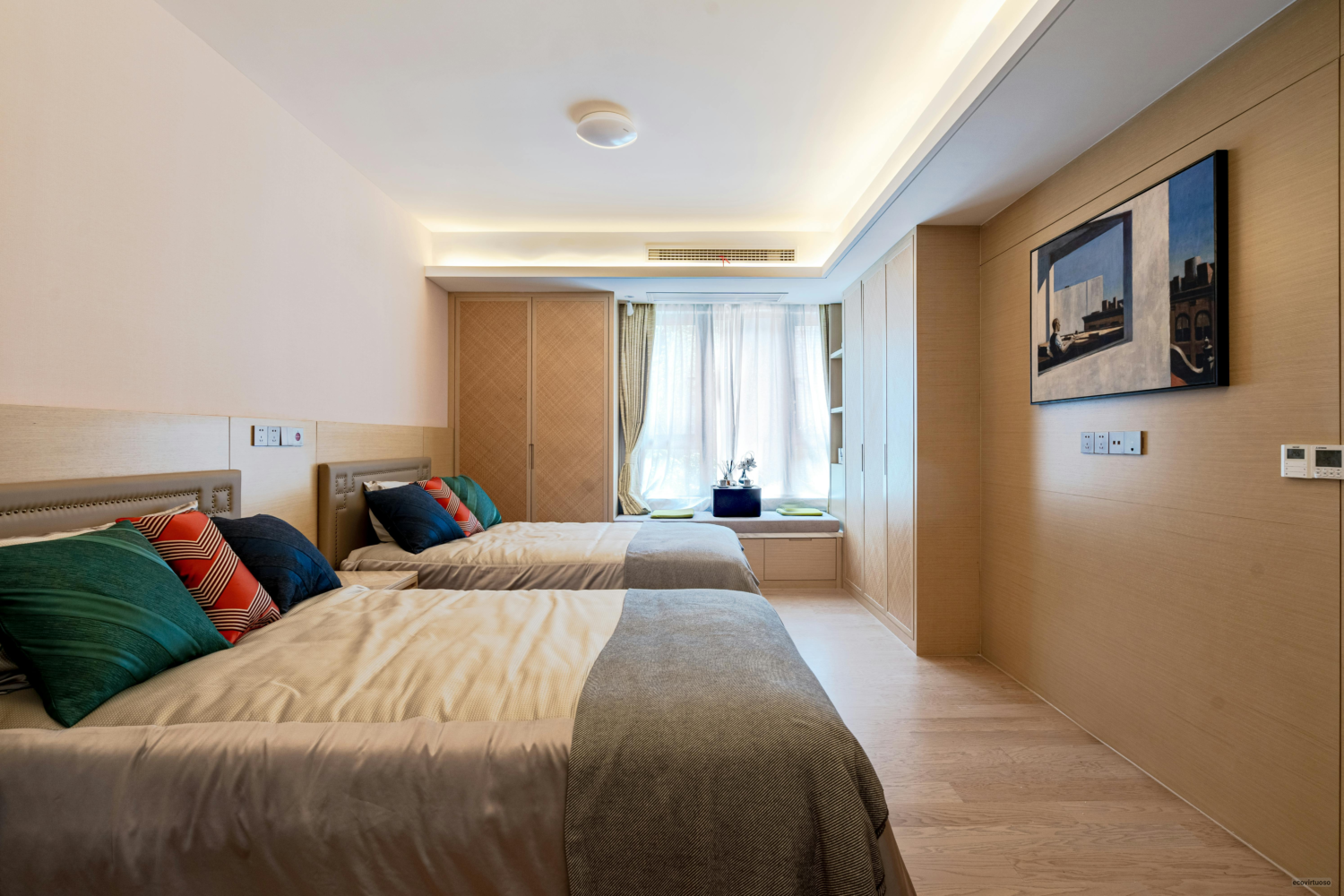
- L-Shaped Layout: Arrange the beds in an L-shape, which can create a cozy corner feel and free up space for a shared play or study area.

- Bunk Beds: If space is limited, consider bunk beds. This option saves floor space and can make room for additional furniture or activity areas.
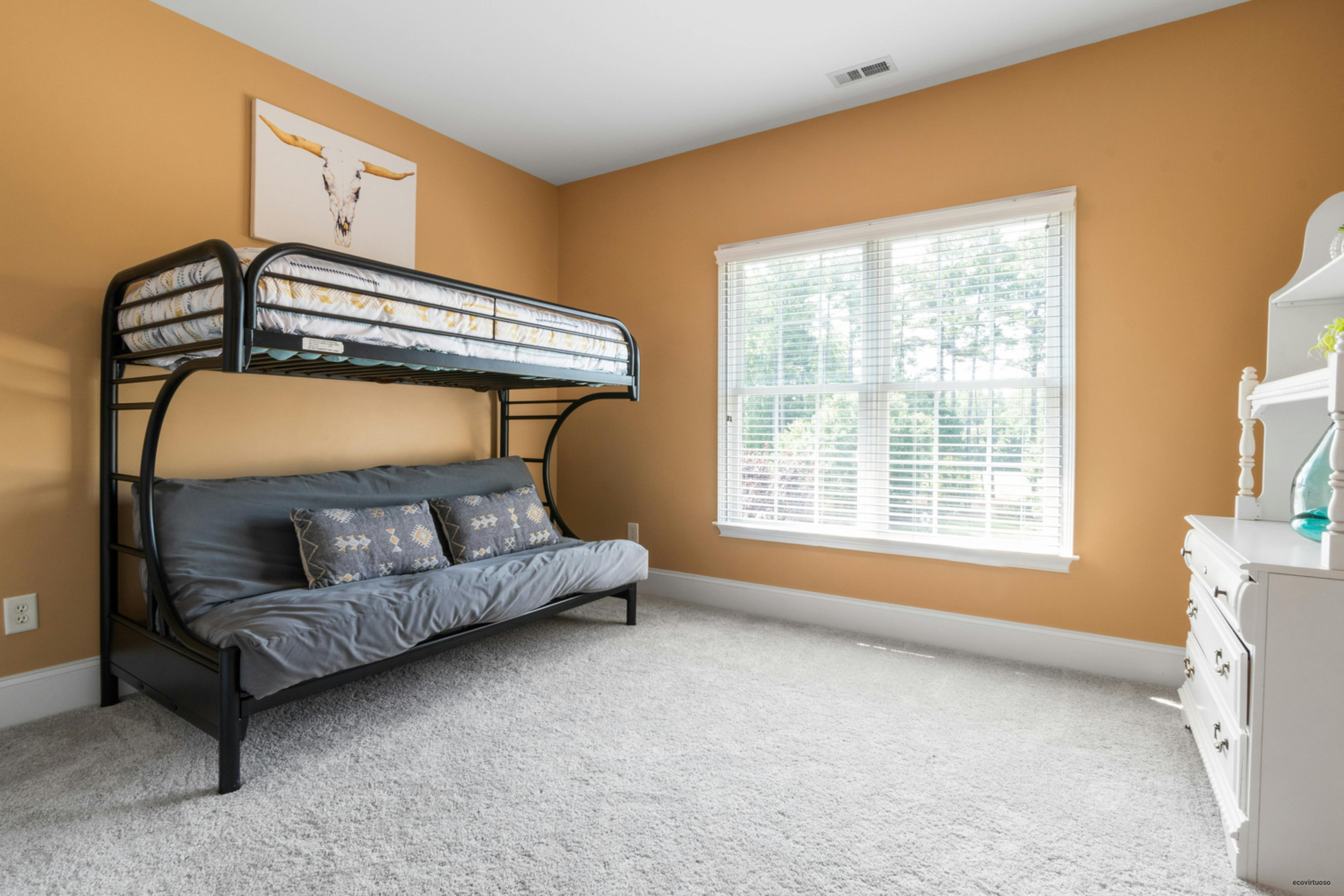
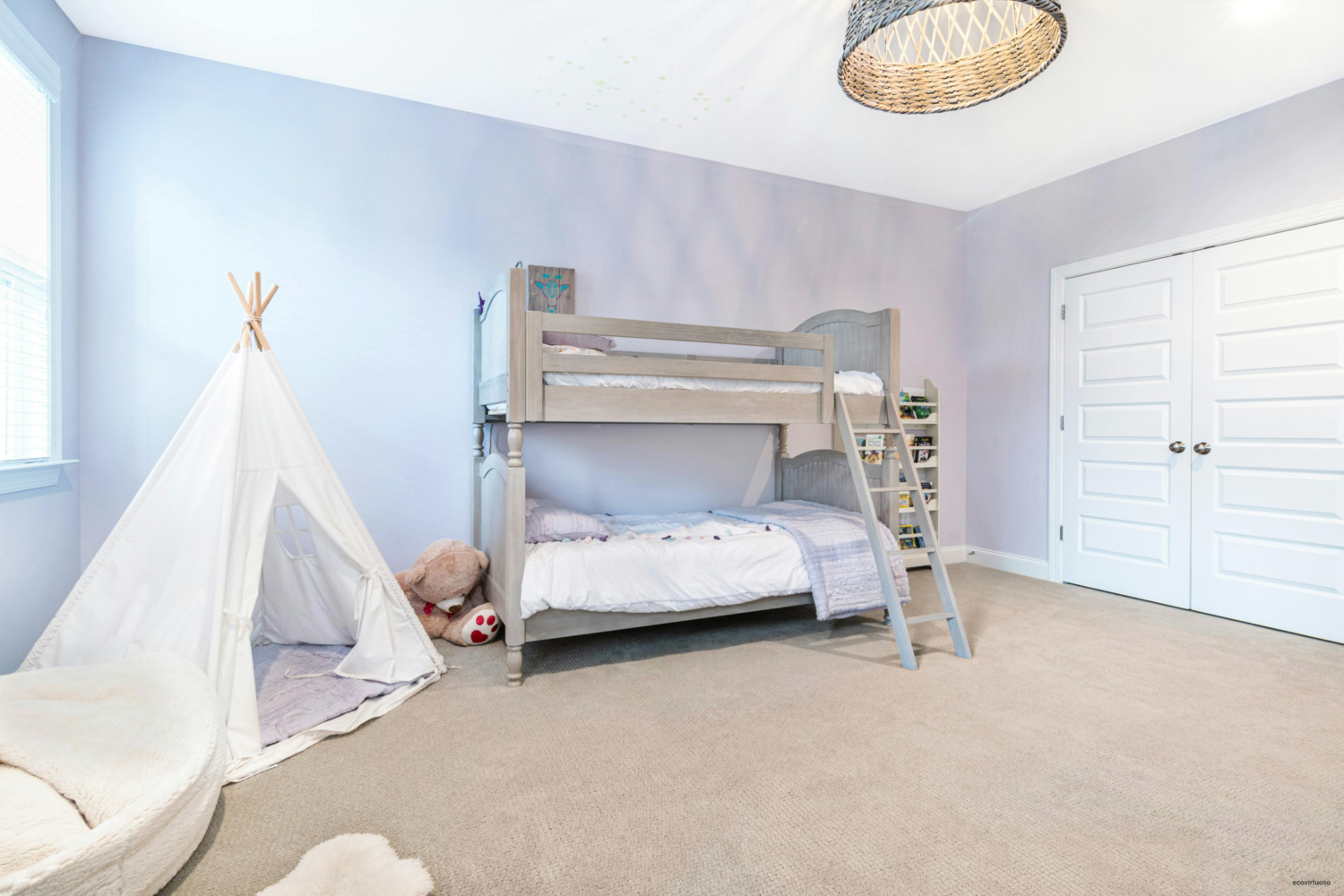
- Divide and Conquer: Use a partition or curtain to create separate zones within the room. This can be especially useful if the sisters have different sleeping schedules or study habits.


Choosing a Color Scheme
Color plays a significant role in setting the mood and tone of the room. Here are some tips for selecting a color scheme:
- Neutral Base with Accent Colors: Use neutral colors for the walls and larger furniture pieces, then add pops of color through bedding, artwork, and accessories. This approach allows for easy updates as the sisters’ tastes evolve.
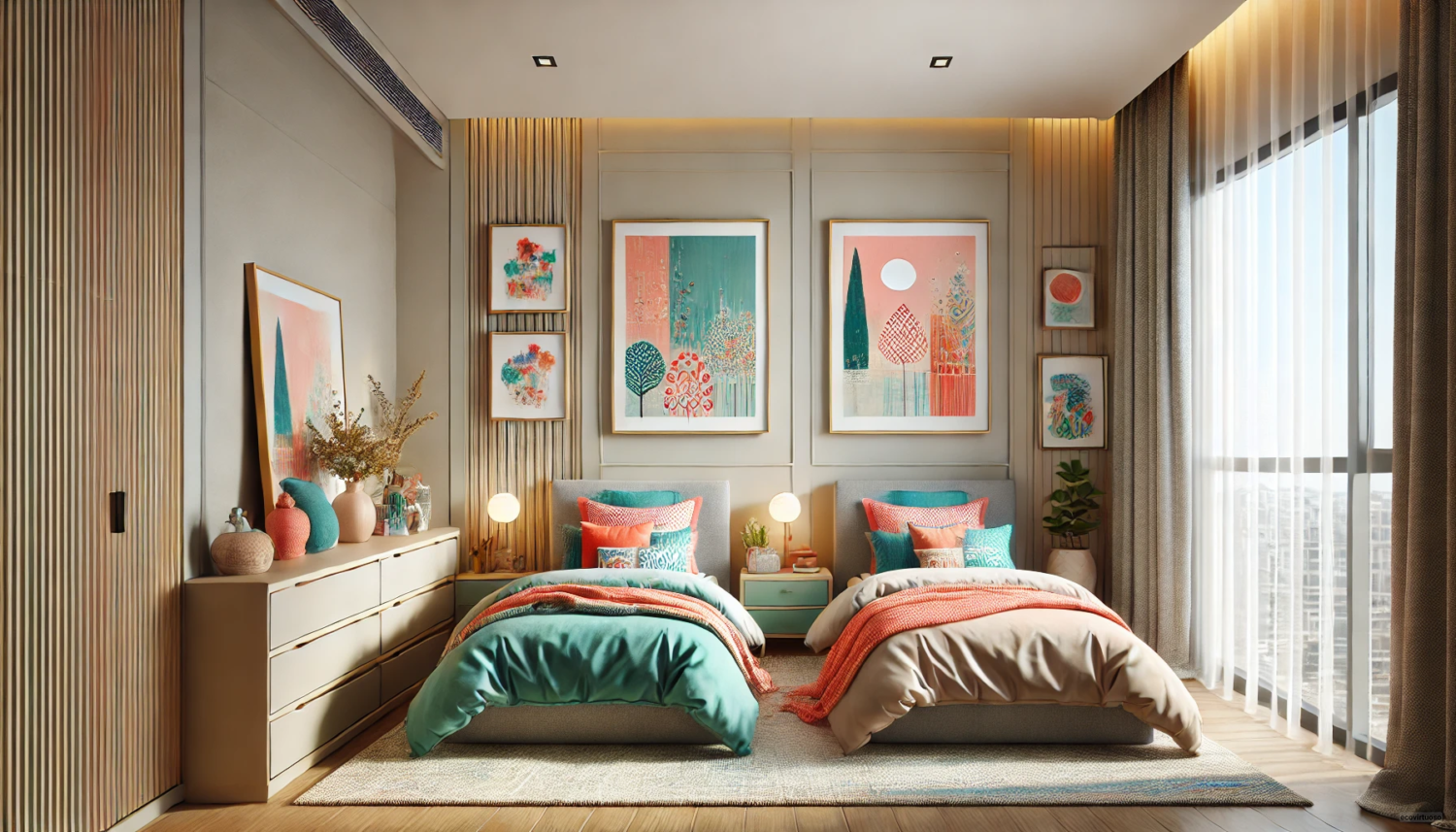
- Two-Tone Harmony: Choose two complementary colors that each sister loves and incorporate them into the design. For example, soft pink and mint green can create a refreshing and balanced look.
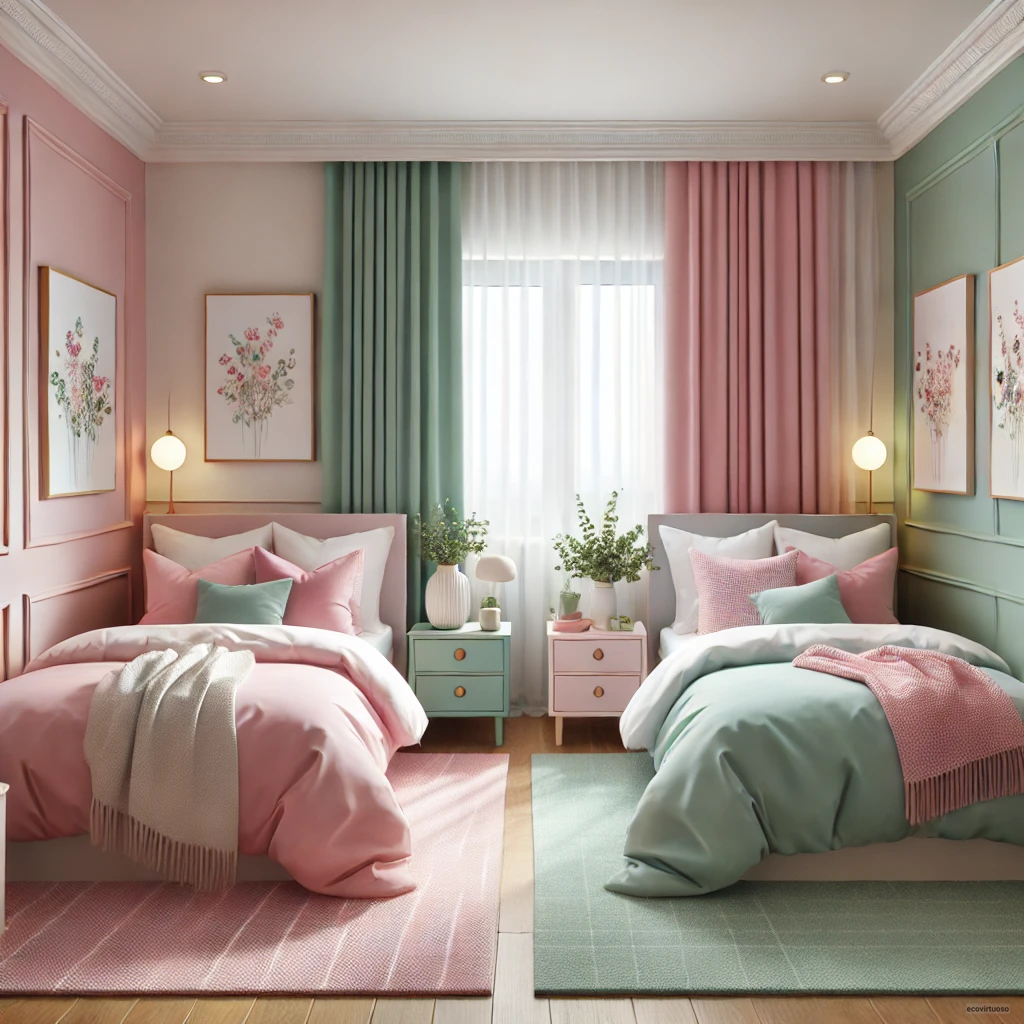
- Theme-Based Colors: If the sisters agree on a theme (e.g., nautical, bohemian, or fairy tale), use colors that align with the theme to create a cohesive design.

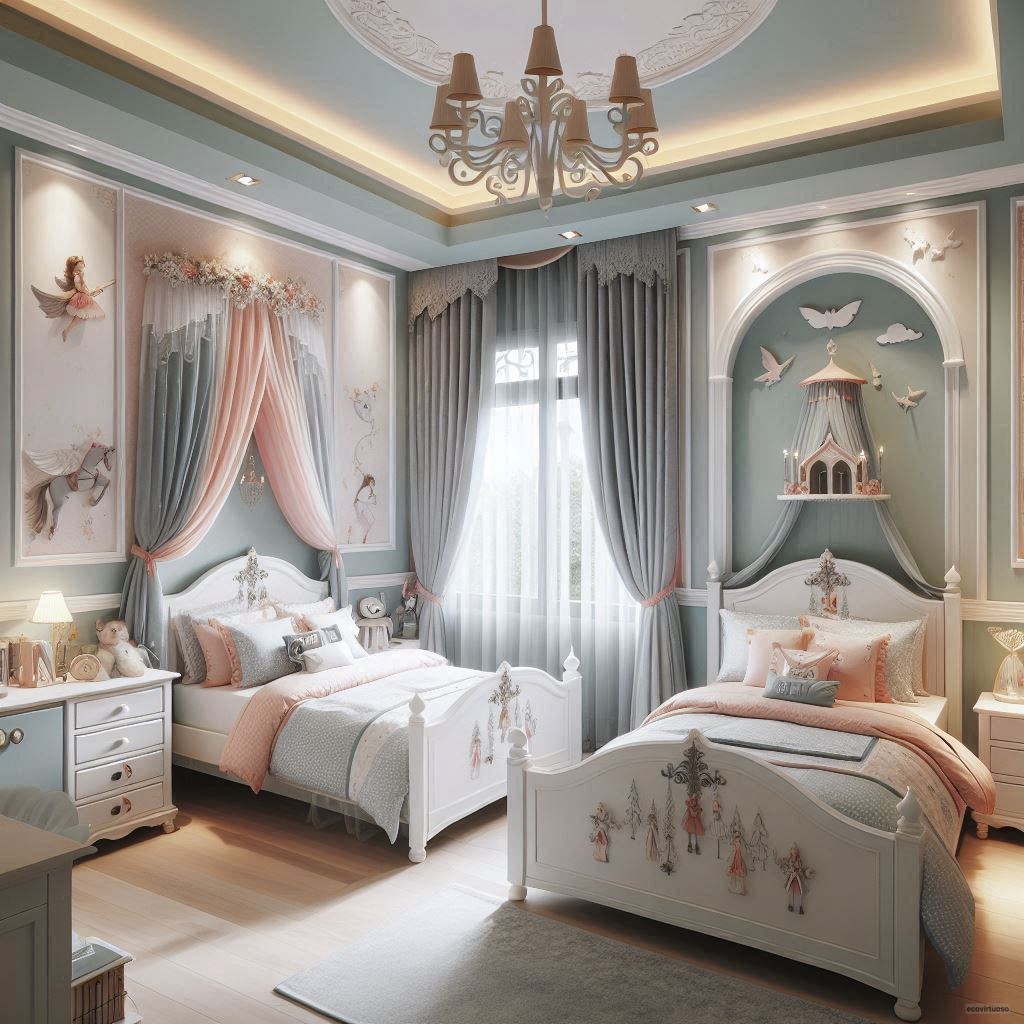
Selecting Furniture
When selecting furniture for a shared bedroom, prioritize functionality and versatility:
- Beds: Consider the size of the beds based on the sisters’ ages and the room dimensions. Twin beds are common, but a twin-over-full bunk bed can provide extra space for sleepovers or lounging.
- Storage Solutions: Choose multi-functional furniture such as beds with built-in drawers, storage ottomans, or bookshelves with baskets. This will help keep the room organized and clutter-free.
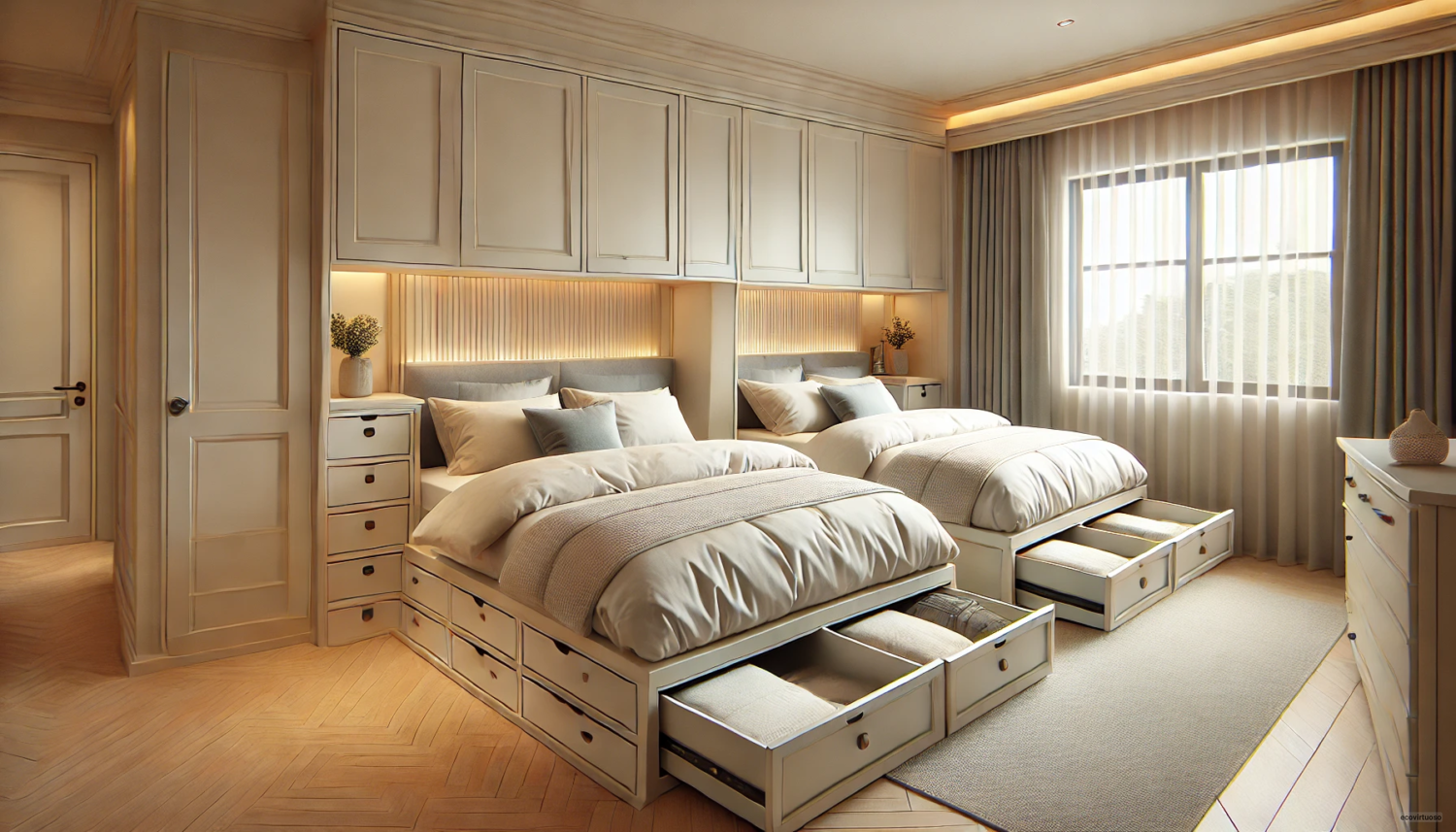
- Desks: If space allows, include individual desks to provide personal study areas. Alternatively, a long, shared desk with separate sections can accommodate both sisters.

- Seating: Add comfortable seating options like bean bags, a small sofa, or a window seat for reading and relaxing.

Creating a Functional and Inviting Space
Functionality is key to a successful bedroom design. Here are some ideas to enhance the functionality of the space:
- Zoning: Clearly define different zones within the room, such as sleeping, studying, and playing areas. Use rugs or furniture placement to delineate these zones.
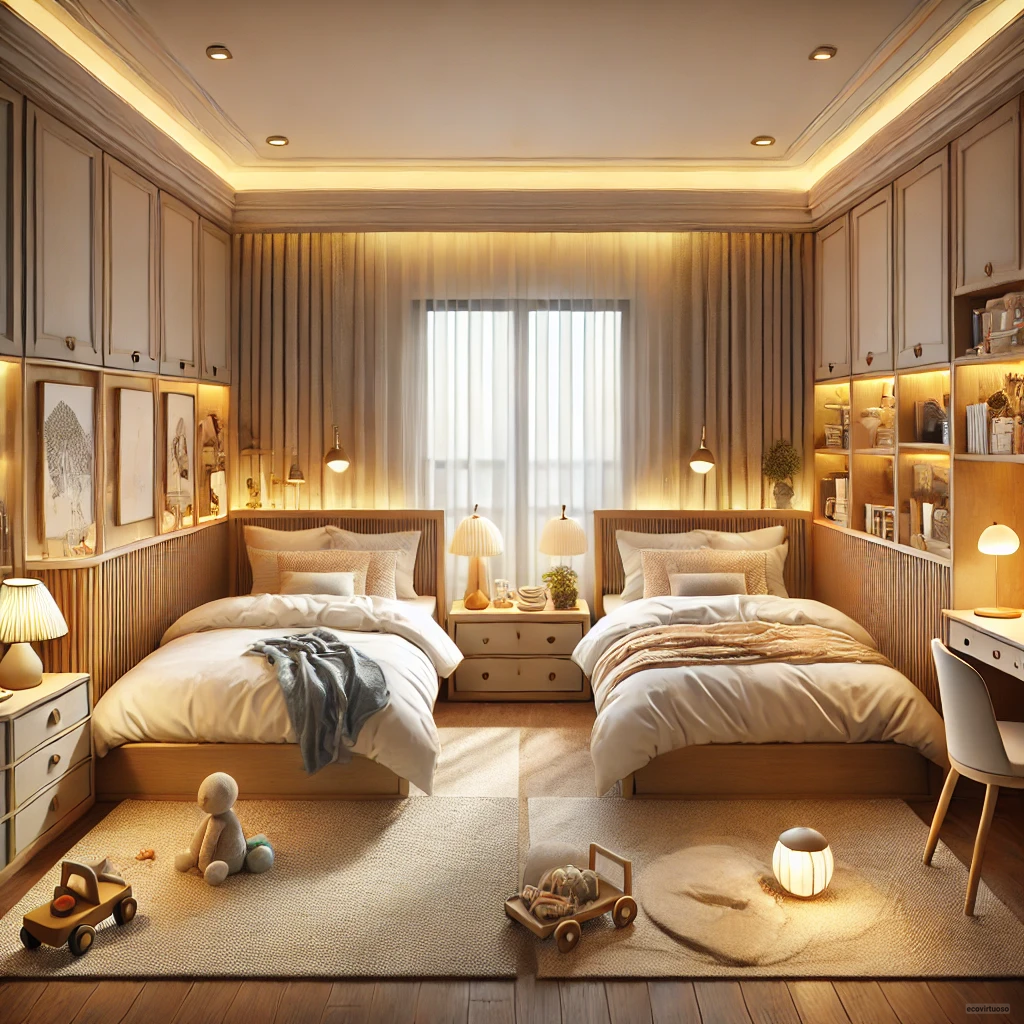
- Lighting: Incorporate a mix of ambient, task, and accent lighting to cater to different activities. Desk lamps, bedside lamps, and string lights can add both functionality and charm.
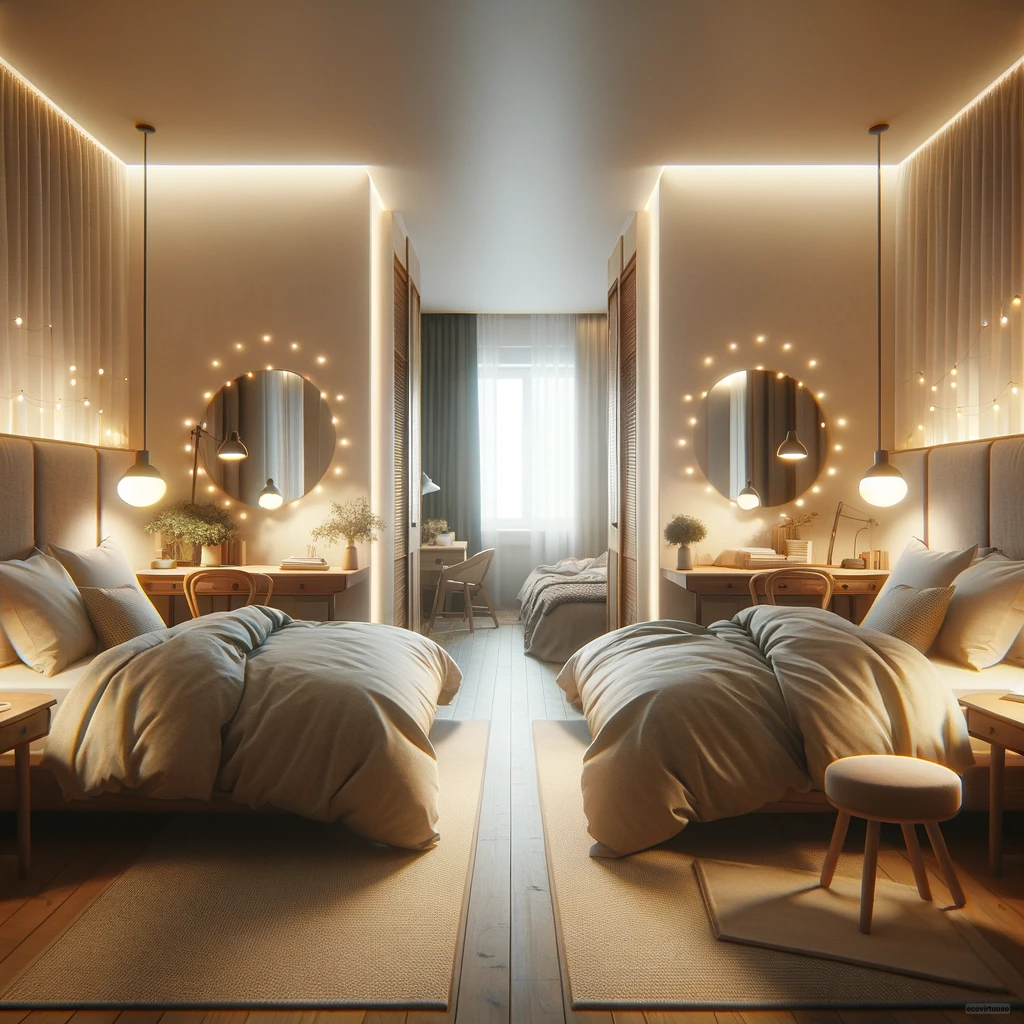
- Personalization: Allow each sister to personalize her space with photos, posters, or artwork. This adds a personal touch and makes the room feel uniquely theirs.
- Flexibility: Design the room with flexibility in mind. Choose furniture that can adapt to changing needs, such as adjustable shelves or a trundle bed for sleepovers.

Adding Decorative Elements
Decorative elements bring character and style to the room. Here are some ideas for adding decorative touches:
- Wall Art: Use wall art to reflect the sisters’ interests and personalities. Consider framed prints, decals, or a gallery wall with a mix of artwork.

- Textiles: Layer textiles such as rugs, curtains, and throw pillows to add texture and warmth to the room. Choose patterns and colors that complement the overall design.
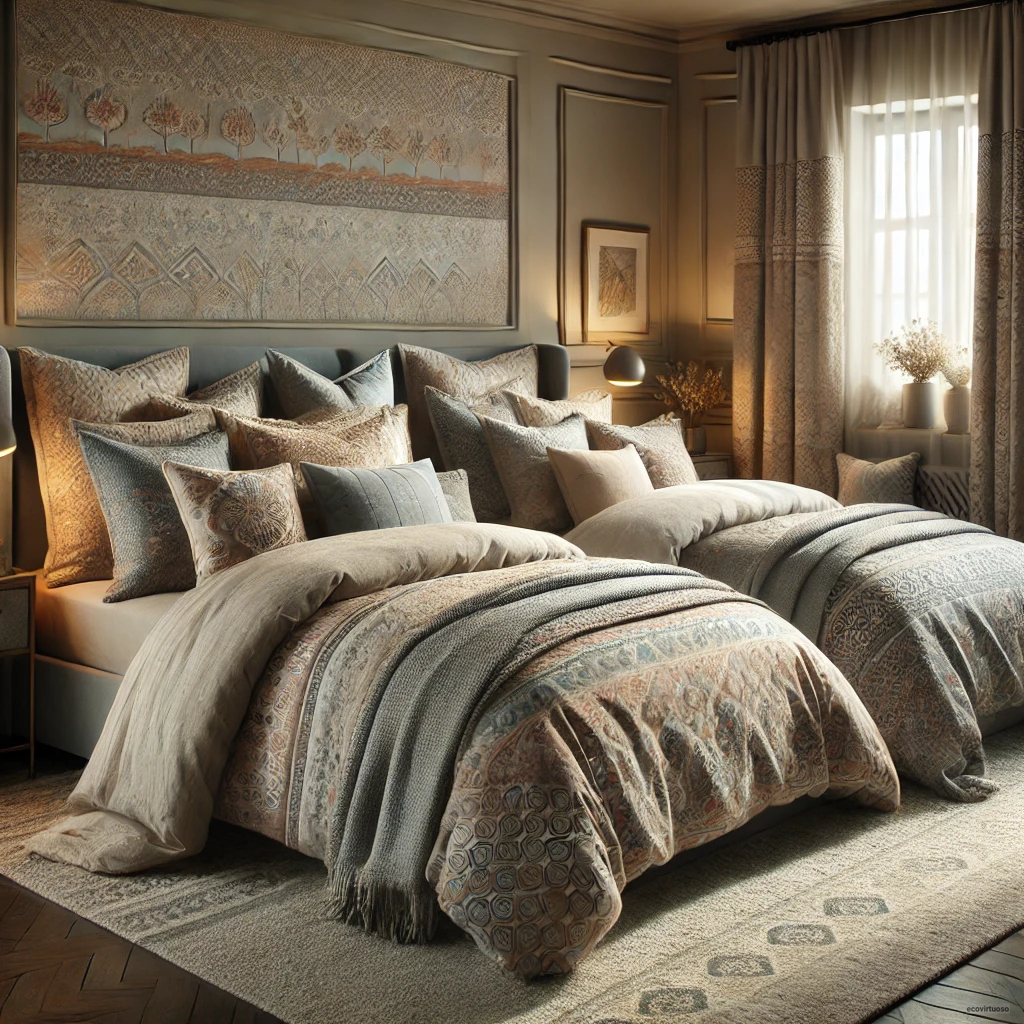
- Plants: Incorporate houseplants to add a touch of nature and freshness. Plants can also improve air quality and create a calming atmosphere.
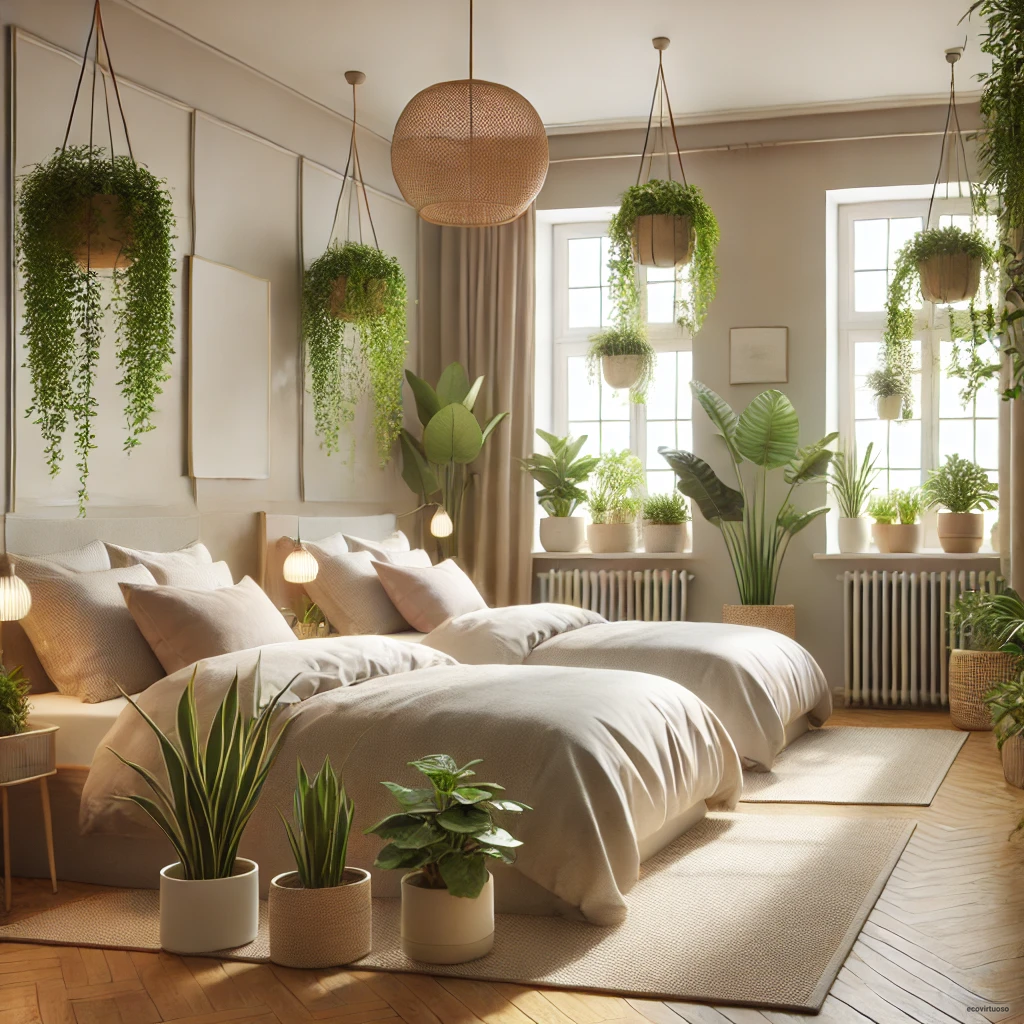
- Mirrors: Use mirrors to create the illusion of more space and to reflect light. A large mirror can also be a practical addition for getting ready in the morning.

Managing Conflicts and Encouraging Cooperation
Sharing a room can sometimes lead to conflicts, but it can also teach valuable lessons in cooperation and compromise. Here are some strategies to manage conflicts and encourage harmony:
- Establish Rules: Set clear rules for shared spaces, such as keeping the room tidy and respecting each other’s study time.
- Create a Chore Chart: Assign specific tasks to each sister, such as making the beds or tidying up the play area. This fosters responsibility and teamwork.
- Encourage Communication: Promote open communication between the sisters. Encourage them to discuss any issues and find solutions together.
- Rotate Responsibilities: Rotate responsibilities to keep things fair and to give each sister a sense of ownership over the room.
Adapting the Design for Different Ages
The design of the bedroom should evolve as the sisters grow. Here are some tips for adapting the design to different age groups:
Toddlers and Young Children
- Safety First: Prioritize safety by choosing furniture with rounded edges and securing heavy items to the wall.

- Playful Decor: Incorporate playful decor elements such as colorful rugs, themed bedding, and wall decals.
- Accessible Storage: Use low shelves and bins to make toys and books easily accessible for young children.
Tweens
- Study Area: Create a dedicated study area with a comfortable desk and chair.
- Personal Expression: Allow tweens to express their individuality through decor choices, such as posters and bedding.
- Flexible Furniture: Choose furniture that can grow with them, such as adjustable desks and modular storage.

Teenagers
- Sophisticated Design: Opt for a more sophisticated design with a cohesive color scheme and stylish decor.
- Privacy: Provide opportunities for privacy, such as a room divider or curtains around the bed.
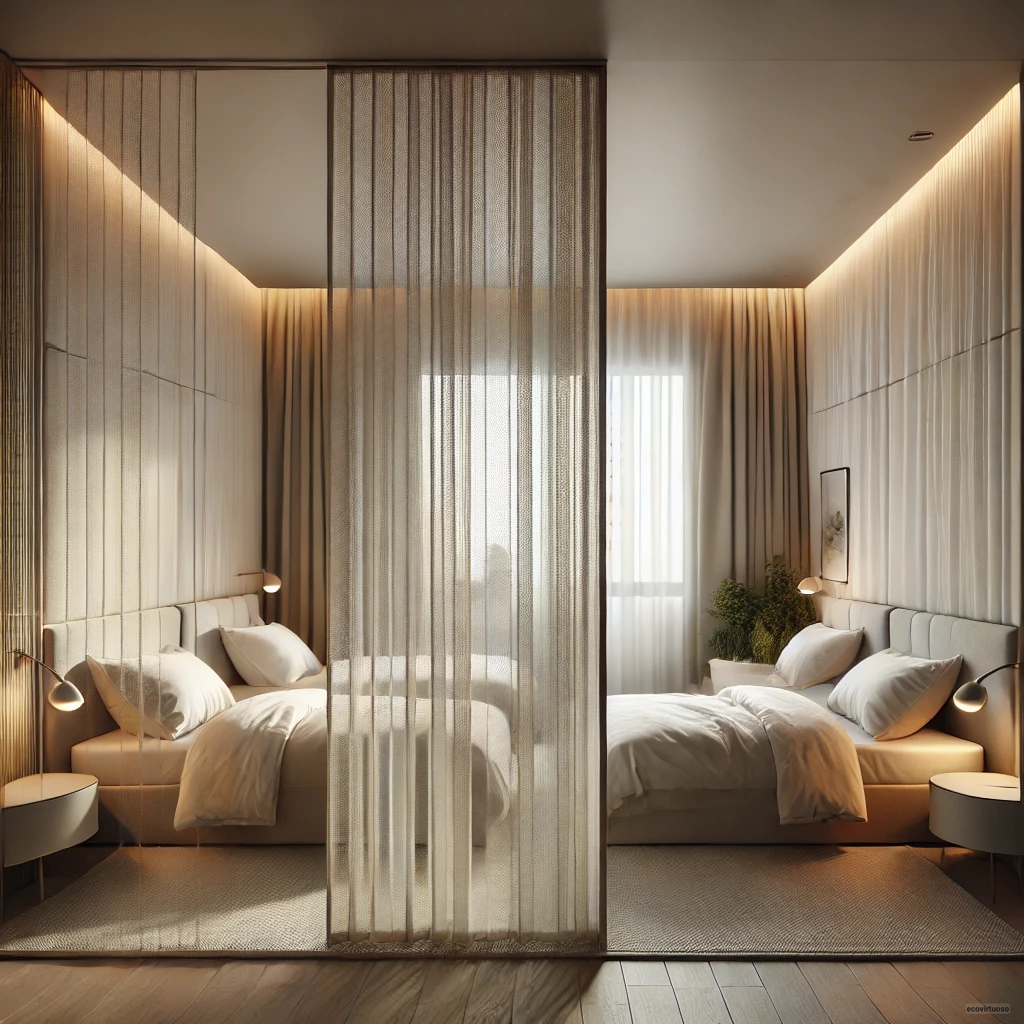
- Tech-Friendly: Incorporate tech-friendly features such as charging stations and ample desk space for computers.
To Sum It Up
Remember, the key to success is flexibility and adaptability as the sisters grow and their needs change.
With thoughtful planning and creativity, you can create a bedroom that both sisters will love and cherish for years to come.